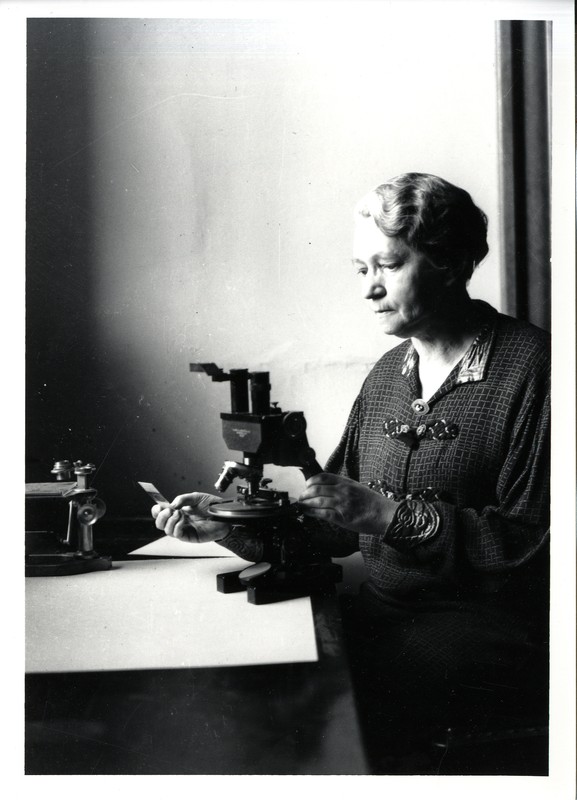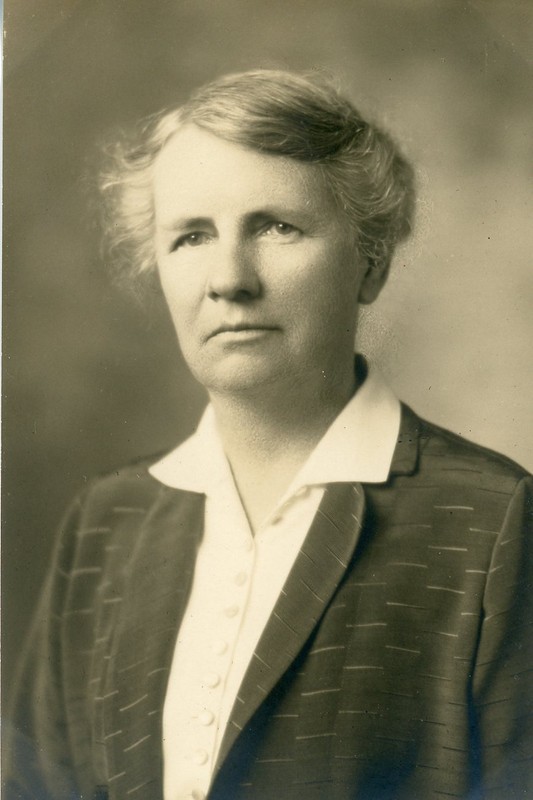First Female Faculty Members Leaders in Their Fields
Introduction
Text-to-speech Audio
Images
Dr. Edith Patch, noted entomologist

Dr. Caroline Colvin, historian and first female academic department chair in the nation

Backstory and Context
Text-to-speech Audio
Early female faculty members accomplished great things in their field despite discrimination. Colvin Hall is named for Caroline Colvin, the first female professor at UMaine, and one of the first women in the nation to earn a PhD. Colvin taught European History from 1902 through 1932, and was the first female academic to chair a major department at a university, a position she held in the History Department for two and a half decades. She also served as Dean of Women from 1923 to 1927, and successfully pushed for more on-campus housing for female students. She was also active in the women's suffrage movement.
Colvin was not the only early female faculty member making a name for herself in a predominantly male field. Dr. Edith Patch was one of the first, and most successful, women entomologists in the United States. When Patch first came to UMaine a year after Colvin, she was offered no salary for her new position. After a year of hard work establishing an entomology program on campus, she was hired on, proving a woman could indeed do the job. Patch’s perseverance paid off. She was well-published and respected in her field, and was elected the first woman president of the Entomological Society of America in 1930. Patch was also one of the earliest scientists to voice concern about threats to the environment from chemical insecticides, before noted conservationist Rachel Carson was even born.
Patch was also a noted children’s author, merging her love of science with the humanities. Her books brought to life science and nature and sparked curiosity in children. See the link below to digital copies of her books on Archive.org.
Patch’s home, the 50-acre property Braeside, still sits on College Avenue about a mile north of here, and is listed on the National Register of Historic Places.
Women now make up 47% of the faculty.
Sources
Gibbs, K.E. 2014. Without benefit of insects: The story of Edith M. Patch of the University of Maine. Maine Agricultural and Forest Experiment Station Miscellaneous Publication 763.
Greenwood, Isabel, "Maine Woman Suffrage Association correspondence (folder) I Greenwood Papers, Box 540, Folder 58" (1917). Archival Materials. 39.
Special Collections, Raymond H. Fogler Library, University of Maine, "Dean Of Women (University of Maine) Records, 1895-1977" (2017).
Special Collections, Raymond H. Fogler Library, University of Maine, "Patch (Edith M.) Papers, 1900-1991" (2015).
University of Maine, "University of Maine 1865 - 1940: Seventy-fifth Founders' Day Anniversary" (1940). General University of Maine Publications. 36.
University of Maine Photo Archives, Fogler Library Special Collections, University of Maine
University of Maine Photo Archives, Fogler Library Special Collections, University of Maine
